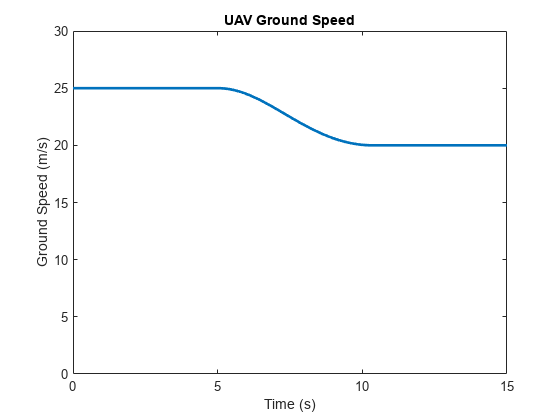environment
Environmental inputs for UAV
Description
envStruct = environment(uavGuidanceModel)derivative
function to get the state time-derivative of the UAV.
Examples
Input Arguments
Output Arguments
Extended Capabilities
Version History
Introduced in R2018b
